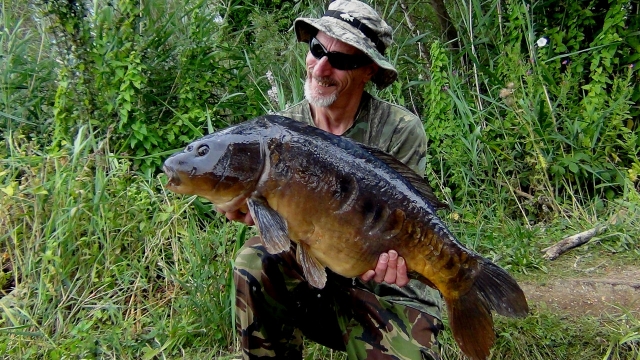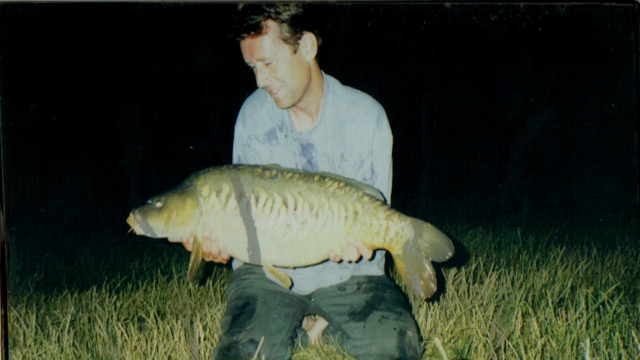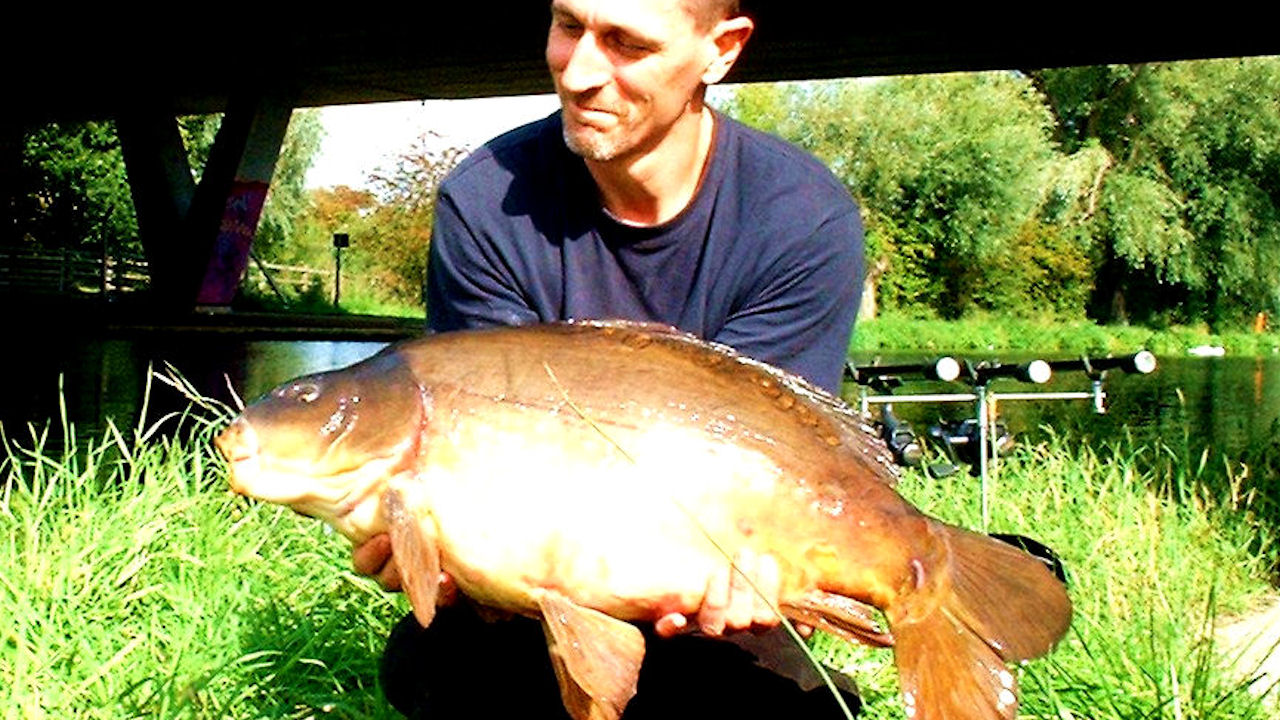
I've fished this river and its tributaries man and boy for over 45 years now and have come to know many parts of it well. Coming from a small village south of Cambridge I was lucky enough to live close to the lower reaches of the (lesser) Granta, which is a tributary of the river Cam and within striking distance of the Cam itself through the city and beyond. Over the decades I have travelled on and beside these rivers by foot, bike and boat .From the south Cambridgeshire village of Little Chesterford through to the villages of Duxford, Sawston, Great & Little Shelford, Hauxton and Grantchester. I have fished all the stretches of the legendary Grantchester Meadows right up to Newnham on the southern outskirts of the city and through the famous 'Backs' at its very heart.
For the last twelve years my local stomping ground has been the meadows to the east of the city, the common land of Jesus, Midsummer and Coldhamns and of course all along the tow path up to the A14 Bridge and beyond to 'Baits bite lock'.
The Cam is a tributary of the Great Ouse and has itself two main tributaries, the Rhee and the Granta, there is also another (lesser) tributary which is also called the 'Granta'. The Rhee emerges from the south west of Cambridge in the village of Ashwell, Hertfordshire and it runs north from the village for about a mile or so before turning in a wide ark east, towards Cambridge. Meandering its way through the southern countryside of Cambridgeshire the Rhee eventually joins the Granta just south of the village of Grantchester. The main river Granta emerges from the south near the village of Widdington in Essex and flows north for 15 miles until it connects with the Rhee at Grantchester.
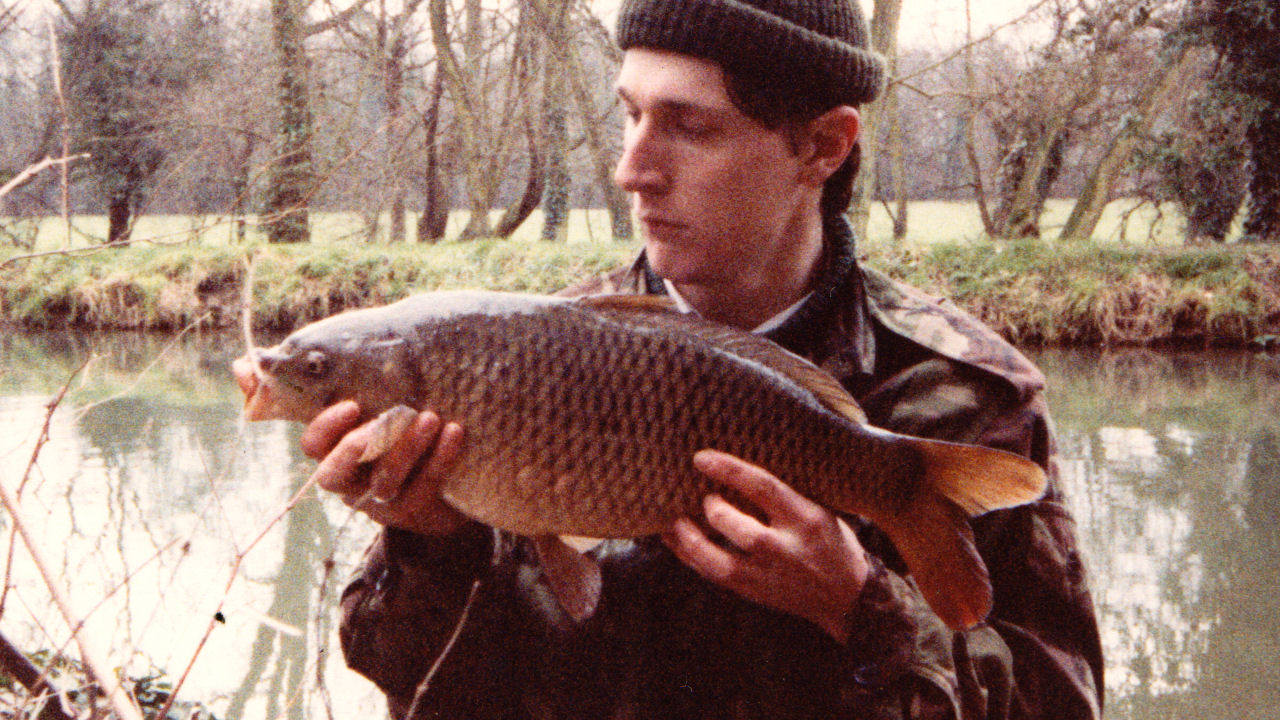
The countryside of Cambridgeshire lends itself beautifully to providing an incredible and diverse river system that is simply stunning to the eye. For the most part the tributaries are narrow, meandering and shallow, with a rich and fertile landscape to flow through. Alder, Oak, Hawthorn, Sycamore and Willow provide the bulk of the bankside tree cover with the margins littered here and there with rushes, reeds and sedge. Vast flowing beds of Streamer weed over wonderfully long golden gravely stretches abound with deep dark bends that bear witness to a deviation in course cut out by the force and the will of the river.
For centuries these rivers have flowed in quite abandonment, silent and mostly untouched and I am pleased to say that much of it remains so. I truly believe that only our rivers can now provide us anglers with such wonderment and adventure. To have the chance to be the first to discover something few people have ever seen, perhaps no-one? To be the first to cradle in your arms the sheer awesomeness of a truly wild carp that has wandered many miles over many years, one that does not live on a diet of boilies and paranoia, this is still possible.
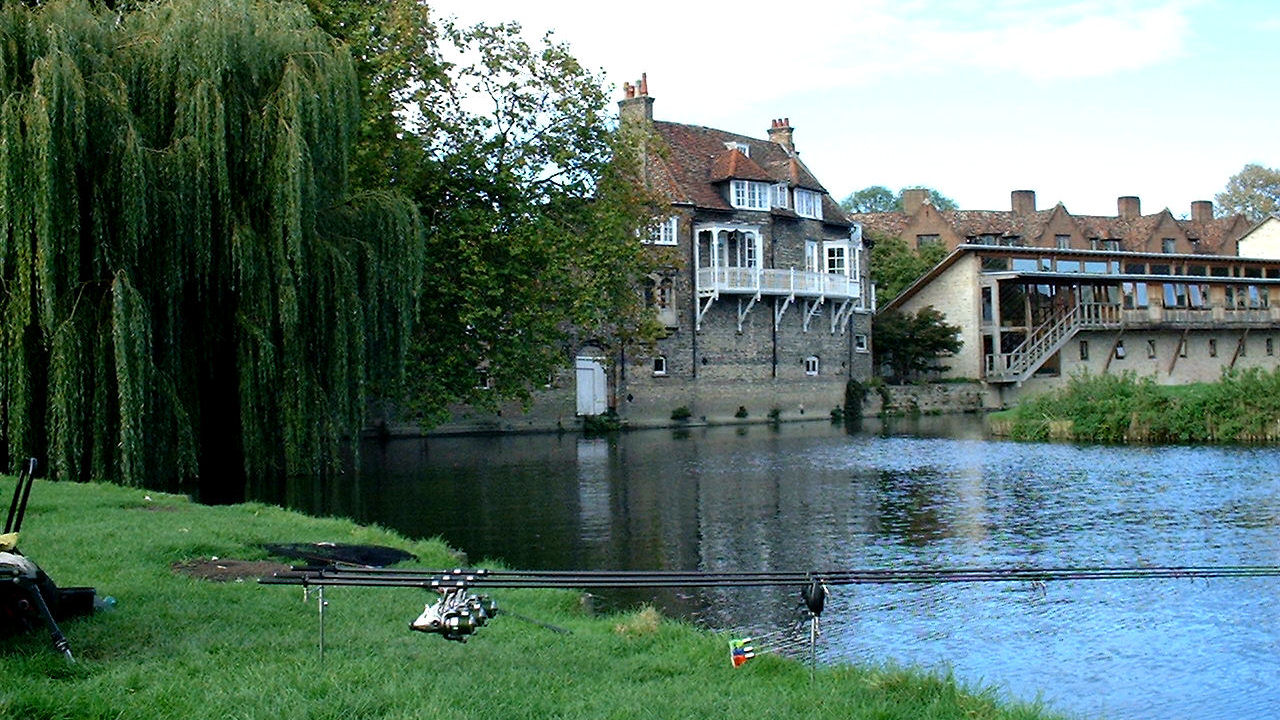
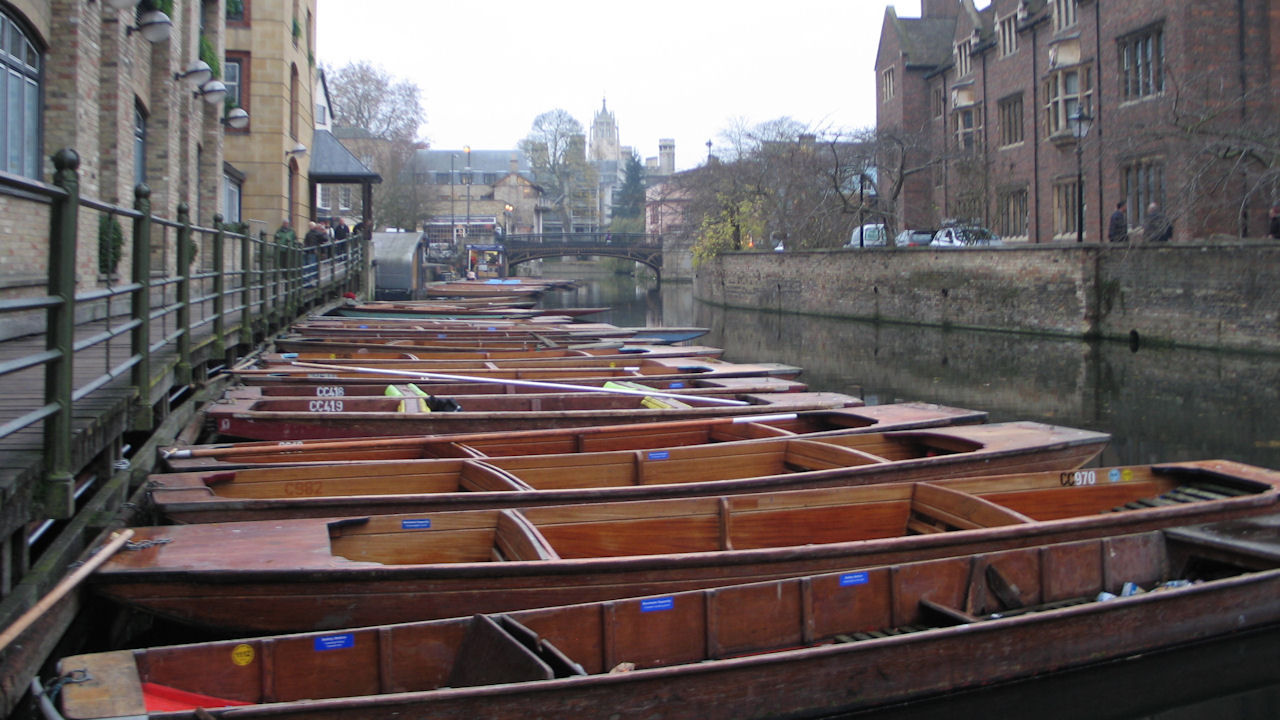
As far as I am aware there is carp all along these beautiful rivers but with a few exceptions they are far and few between. When I caught my first carp from the Granta back in 1983 it was by chance and not angle. I was fishing for 'Winter Roach' using breadflake when suddenly I got a tug that kept going. The place I was fishing was just above one of the old mills on the (lesser) Granta, 'Kings Mill'. Here it is really overgrown and so I had to tailor a rod to suit. Nine feet in all it was the top two sections of my glass fibre float rod stuffed into the cork butt of an old rod that had given up and snapped on me many years before. Line was three pounds and the hook was most likely a Drennan Super specialist size 12. A simple one, two or three swanshot link connected to the mainline one - three feet above completed my usual setup as I recall.
Back then I would sit and poke my rod out in any gap that looked likely and just swing the bait along the margin or if I could, flick it across. The river in my younger days was full of young, healthy, strong roach that averaged a half pound upwards yet still had a few older bigger ones to target. Huge Dace too! One memorable occasion I caught 12 Dace for eight pounds! At eight pounds that's an average of 10.6 ounces a fish and I know I had at least one well over the 12 ounce mark. In carp terms it could be said that's like catching a half dozen forty's and a seventy pounder in one day!
I remember it well as it is burned into my memory by the very things that make solo sessions like this special. It was a cool late autumn afternoon just above Hauxton Mill in 1979, a few miles upstream of Byron's pool. I had already caught one or two specimens up to ten ounces on previous trips using breadflake but experience had taught me that to get amongst them you had to feed, feed, feed casters and get them in to a frenzy otherwise, once you had caught a couple they would disappear. I had been fishing for roach and dace since I was a nipper and so the choice was easy, casters under a stick float trotted with a centerpin. The record back then was I believe one pound and one ounce and even now it's only one pound five ounces so you can see that a fish of 12 ounces or more is a whopper! I have promised myself to do that again one day.
Carp fishing as we know it today was partly born out of 'The specimen groups' back in the fifties, sixties and seventies. The NASG (National Association of Specimen Groups) was formed and the pursuit of 'Specimens' of all species was the 'thing' to be in to, now it's 'Carp fishing'. I think a lot has been lost to fishing because of this lack of any apprenticeship outside of the carp world and would encourage any angler that has not done so to fish for as many species as possible, it can only make you a better angler in my opinion.
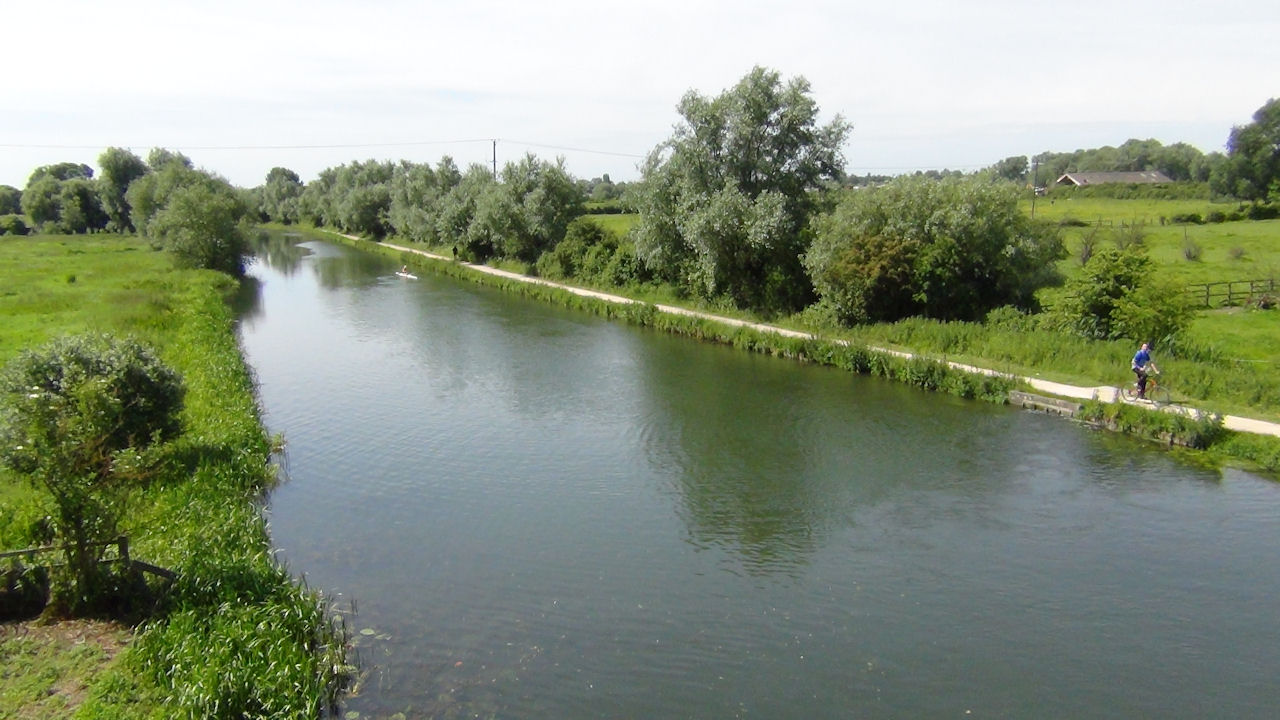
My discovery of carp in these rivers began with that first fish landed back in 1983 but I soon realised that I had connected with at least two, year's previously. Both of these fish were lost but one really sticks in my mind. It was late season, perhaps 1978 and the floods had come, pushing all the anglers into the side streams, ditches and if you could find them slacks. Many times slacks on rivers are created directly downstream of trees that have either grown or fallen into the river and they come and go. For the ones that stay around however the result is that they collect debris and produce a barrier to the natural flow of the water, thus providing respite from the increased flow in floods as well as being a circling sushi-bar of food that is being constantly swept into and around them.
I had found one such 'slack' just outside the city limits in Newnham at a place just above a stretch known locally as 'Sheep's Green'. I had been catching small roach steadily for an hour or so when the float disappeared and my double maggot on a size 14 to 2lb line was tested to its limit and sadly, beyond. I expected it to be another Roach and hoped it would be another biggun as I had already managed one that morning which came in at one and three quarter pounds, but I soon realised it was no Roach. The rod was instantly pulled round and my heart raced at the thought of what I had on the other end however, sad to say it all ended up rather suddenly and in an all too confusing and brief tussle. I struck as the float sailed away, the rod pulled back around as the fish moved away and into the main flow of the river but, just before the rod was almost all the way over the fish stopped, turned around and broke surface with its back, just a few yards out. I stared at it, not knowing what to do?
It must have only wallowed there for a brief moment but my recall goes into slow motion at this point and it still feels like seconds, it swirled, the line parted, that dull empty way, the loss you feel all the way through the rod, to your fingers, into your hand and beyond. Many times over the years I have gone over it. We had few Chub back then but they were all small so it wasn't a Chub. It was a carp I am sure, the size of the fish precluded any other species and pike don't have scales like a cyprinid. I did go back to that spot, but never again managed to repeat my luck at hooking another.
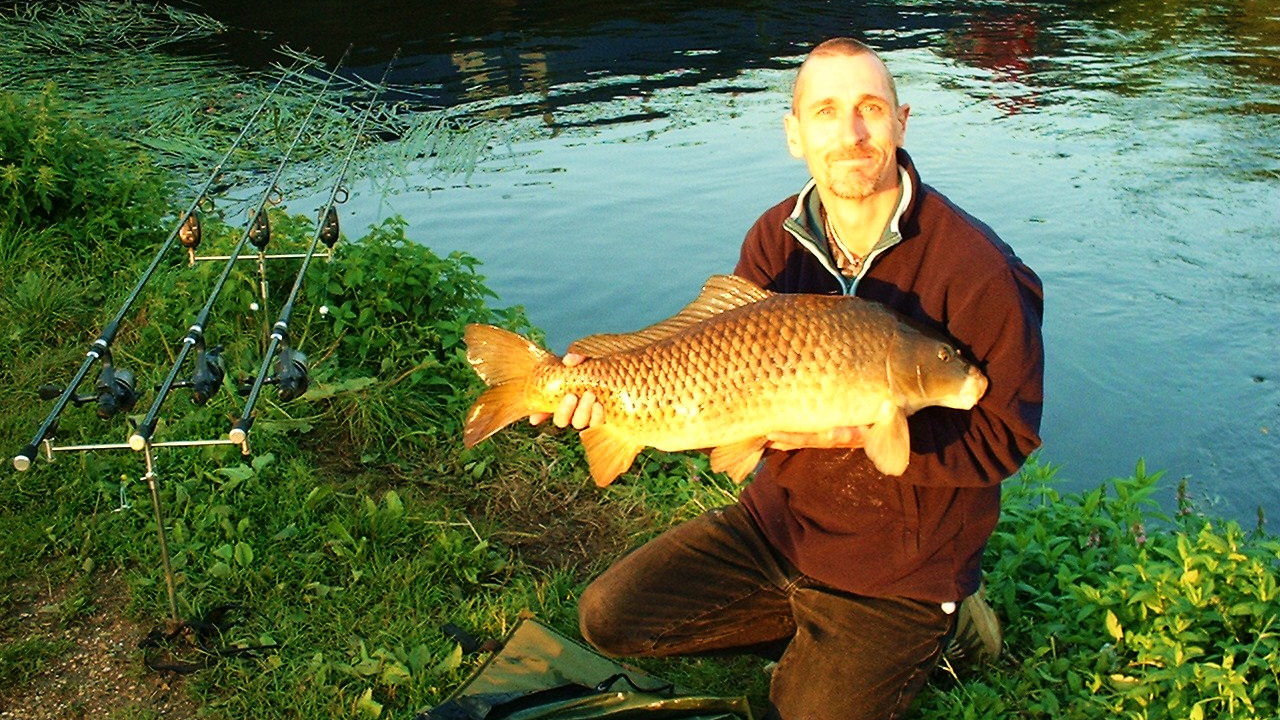
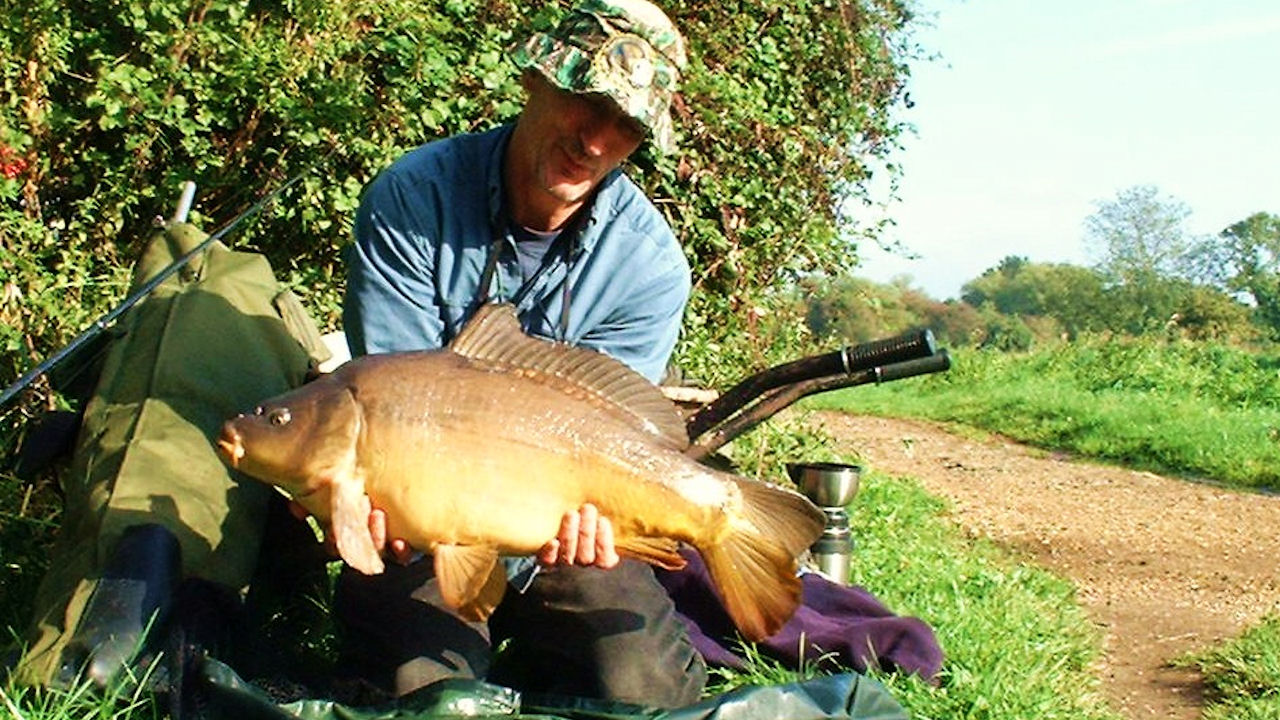
Being local to a river that you intend to fish can really help as the amount of walking, observation and baiting up that might be required can be very time consuming. Ideally you need to start early in the spring leading up to the traditional June 16th start on rivers. Since you cannot angle your mind will be concentrated far more on observation and reconnaissance and these trips will be vital in building up a picture of the river, the carp and their behavior. There is a huge difference between camping by a lake or river, waiting for carp to show and going down every day baiting up and observing then fishing short targeted sessions. For one thing you will find yourself far less bored and far more excited at the prospect of going down. More work goes into walking, observing and baiting than fishing, much more, but it's this effort that makes the whole affair so intense and so exciting, you are connected all the time to the river and the carp.
You do not want yourself to be in the position of trying to guess where the carp are, if you do you will most likely blank an awful lot. No, you need to be in control and aware of where the carp are and what they are feeding on and that, takes a lot of effort.
Carp on rivers, once spotted, can be easy to follow, especially if it has a tow path. Riding or walking along the banks looking out for movement and signs with the assistance of binoculars is always a good first step then, once you have found some likely spots pop some bait in and wait to see what happens. Not all spots lend themselves to clear observation so this will narrow down your choices, however by taking the route of least resistance what you are trying to do is make the fishing effortless and in so doing, successful and fun.
Of course picking a spot where you have not witnessed carp feeding or at the very least bait disappearing is possible, for instance any bridge, side stream, cutting, marina, line of boats or snaggy area is worth a go without any preparation. Talking to boat owners is always a good idea and you may be pleasantly surprised at how often they will tell you about 'the big scaly carp' that swim around their boats. Bridges are excellent areas to look for carp as quite often the foundations of bridges provide silt free gravely hard areas with cover, ideal areas to catch carp in.
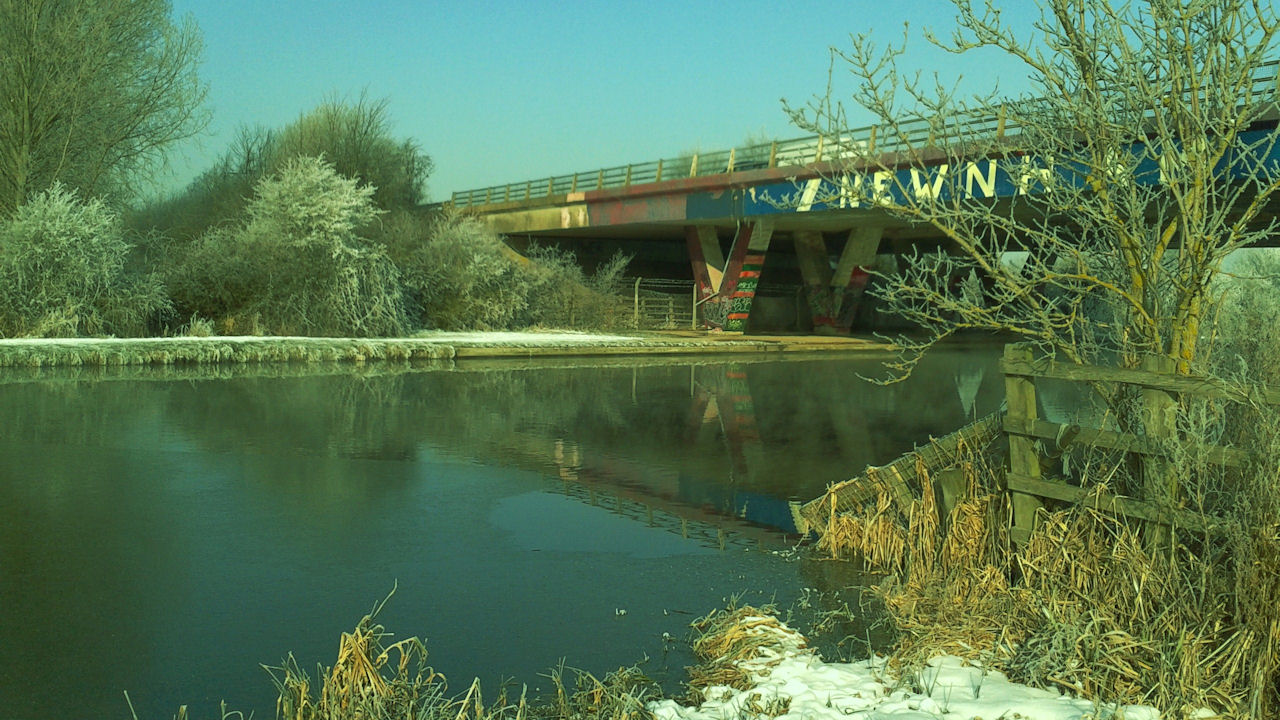
One trip last winter in the snows revealed the temperature difference in this area quite well. The whole river was frozen yet when I reached the sewer outfall I could see it was completely free of ice and not only that but steam was rising off the water!
So you can see that this one thing can have a dramatic effect on the river, the fish and the fishing, which is why it is good idea to get down as often as you can, even if it's just for a quick look see for ten minutes then off, rivers unlike lakes can be very changeable. The more you get to know the river the better you will angle, hopefully you will spot carp or find bait going, it's then that you can really start to get absorbed. Once spotted you need to try and work out where they are most likely to feed given the area they are in and what I look for is a nice clean run in the margin if I can find one. If you can get on both sides of the river so much the better but if not then you will need to take a rod and line and a one ounce lead. Same as lakes you lead around trying to find out what's out there in the form of weed and substrate. Climbing trees if possible is another good way of spotting carp and seeing into the water to identify likely spots and at the A14 bridge it was easy, I just walked up onto the bridge leant over and watched for half an hour or so. Seeing a nice big 30lb+ carp swimming around under you can really get you going but even more when you know it's hanging around to eat your bait.
In the next part we will be going back to my very first sessions targeting the carp on the Cam in 2004, the success I had and the lessons I learned.

